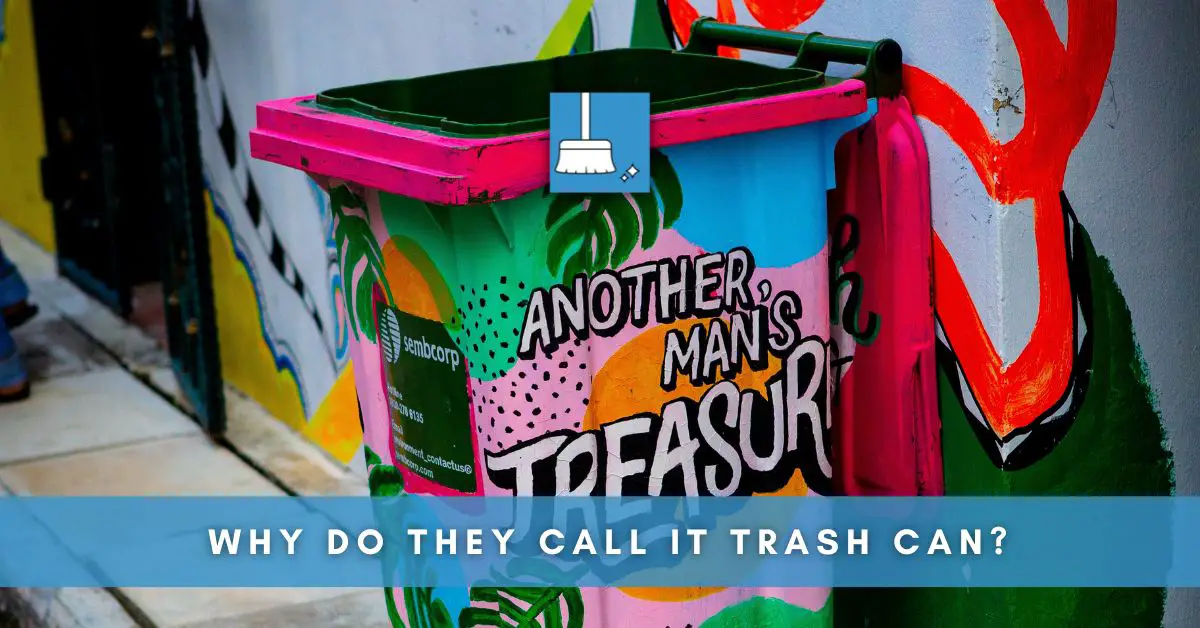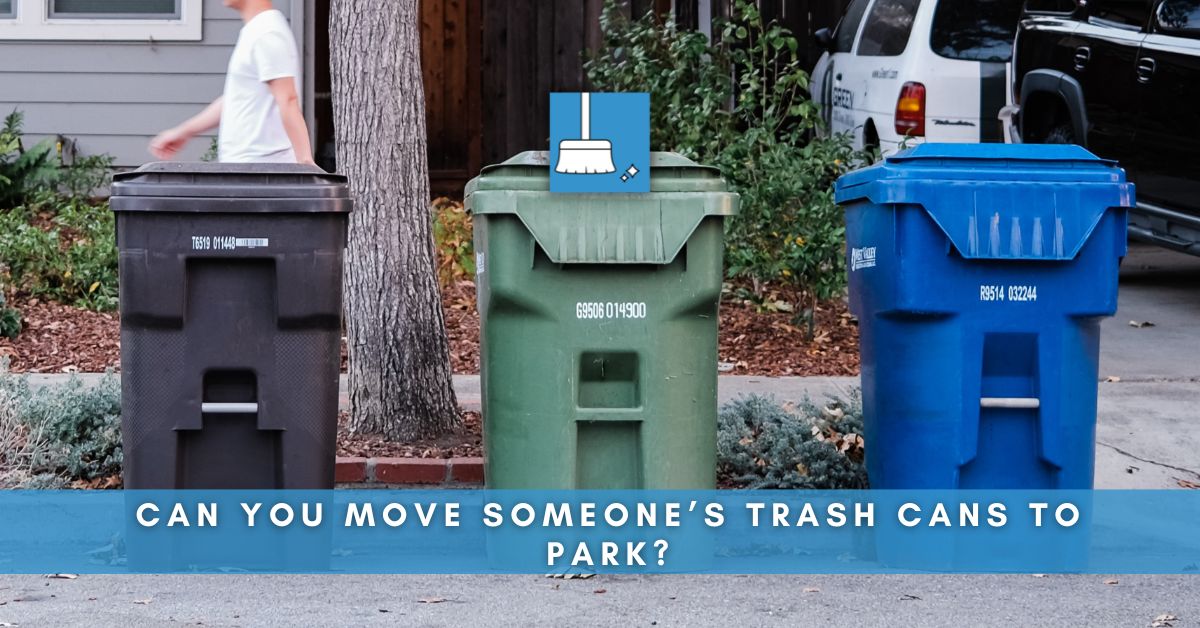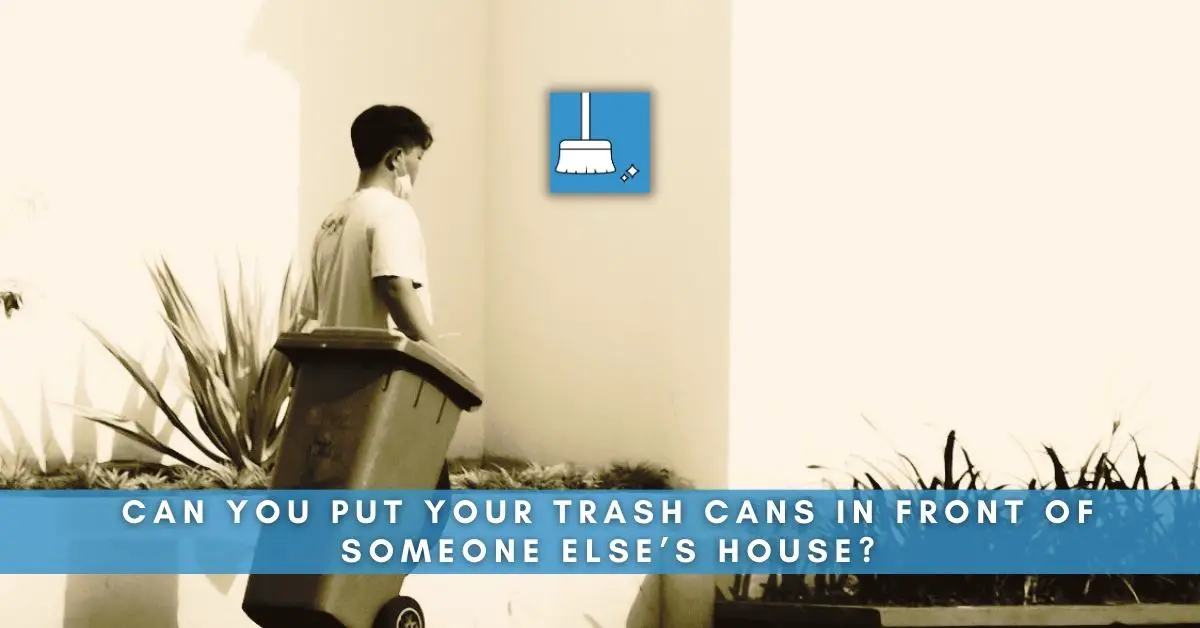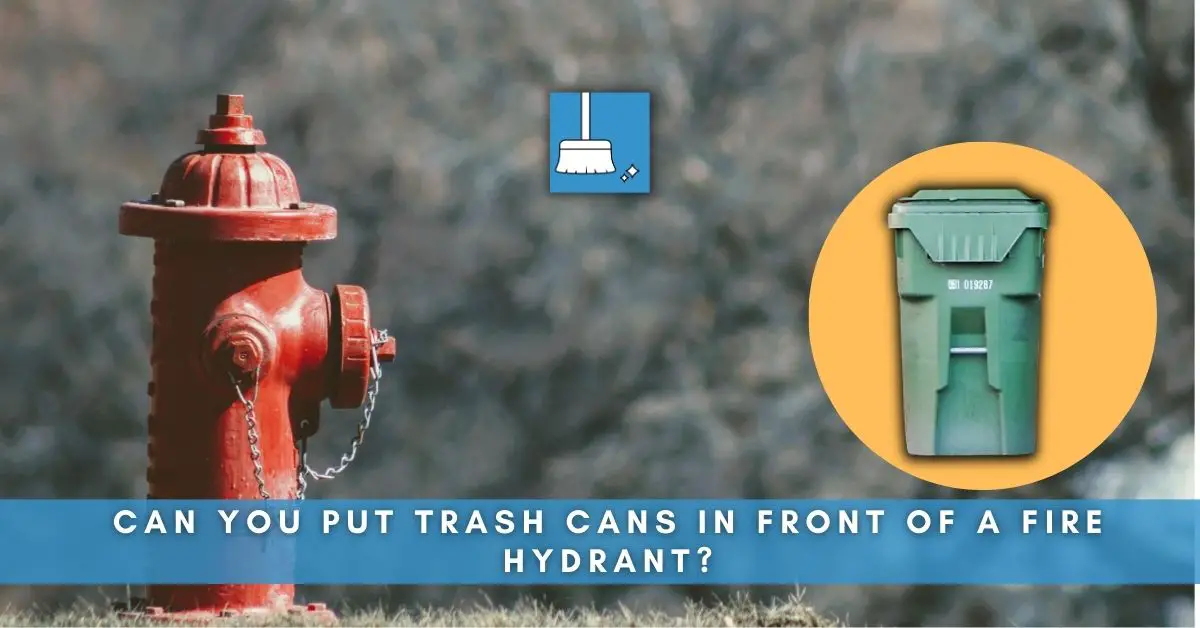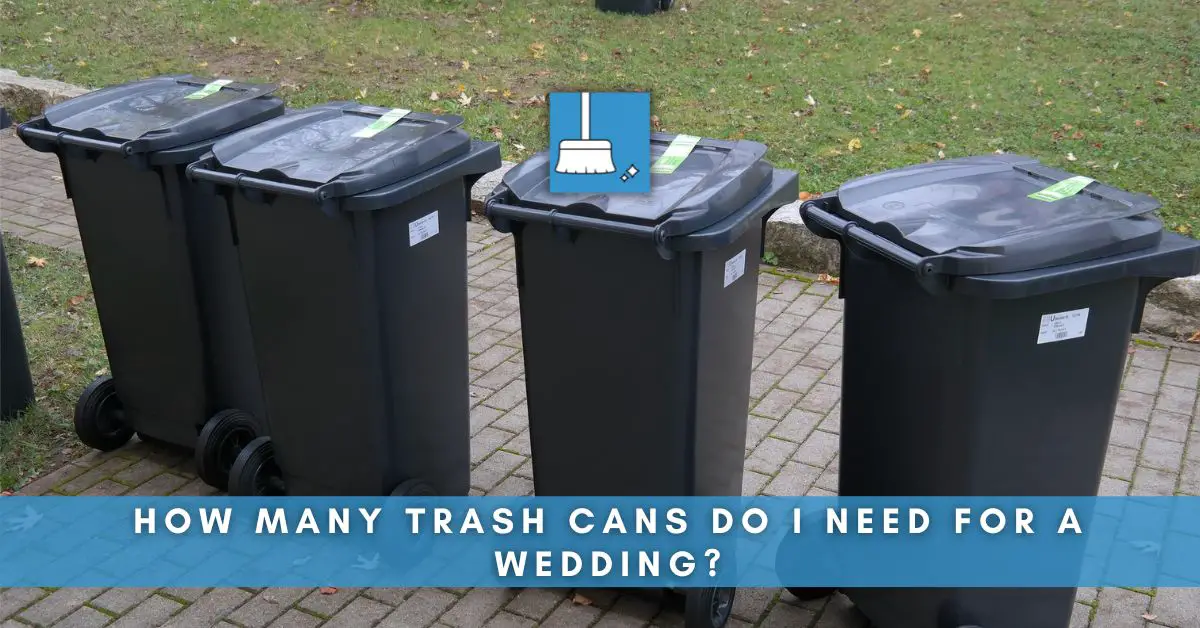Have you ever stopped to think about why it’s called a “trash can”? Perhaps you haven’t, but for some of us, the thought has definitely crossed our minds. After all, it seems like an awfully dreary name for a receptacle that serves such an important purpose in keeping our environments clean and organized. So, why do we call it a trash can? Join me in exploring the origins and evolution of this mundane yet crucial household object that we often take for granted.
Why Do They Call It Trash Can?
Trash means garbage or waste and a container that is used to hold it usually referred to as a “can” because these containers were made of metal in the past. Therefore, a container that holds garbage or trash is commonly called a trash can.
History of Waste Disposal before Trash Cans
Before the invention of trash cans, waste disposal was a messy and unsanitary affair. Throughout history, people threw their trash in the streets, buried it in holes, and dumped it in bodies of water.
Huge dumping areas were used to handle excessive waste that couldn’t otherwise be used in any way.
The Romans were the first to institute an official sanitation organization in 200 AD, consisting of teams of two men who picked up the trash as they walked along the streets threw it into a cart that transported it to a remote site. [1]
Introduction of legislation for waste receptacles
In 1883, a French prefectural order brought about the provision and collection of waste bins to every home in Paris, marking the first introduction of legislation surrounding waste receptacles.
In Britain, legislation for the provision and collection of waste receptacles was first set out in the Public Health Act of 1875, but did not impose any strict laws to use them, leaving the matter in the hands of local government.
Today, waste collection services regularly collect household waste, often with multiple bins for different categories of rubbish. [2]
Types of trash cans & their materials
Trash cans are essential tools to maintain clean and hygienic spaces. There are different types of trash cans available to meet specific needs.
Trash cans come in various materials like plastic, steel, and concrete. Some are specifically designed for indoor use, while others are ideal for outdoor locations.
The sizes of trash cans also vary to accommodate different amounts of waste.
Touchless trash cans are becoming more popular as they offer a more hygienic alternative. Moreover, recycling bins are also available to separate recyclables from regular waste.
It is important to choose the right type of trash can to fit the space and needs of the environment to maintain a high level of cleanliness. [3]
Invention of the Pedal Bin & Automated Mechanisms
The pedal bin was invented by an industrial engineer in the 1920s as a solution for kitchen waste disposal.
The foot pedal makes it easier for a person to open the lid in a very hygienic way as there is no contact of the lid or bin with the hands.
In recent years, some bins have incorporated automated systems (powered by batteries) such as a lid with detection on the top of the can.
These mechanisms also help prevent the bin lids from clogging with trash, making them an efficient and convenient choice.
These types of waste containers are typically made of durable materials such as stainless steel or polyethylene. [4]

